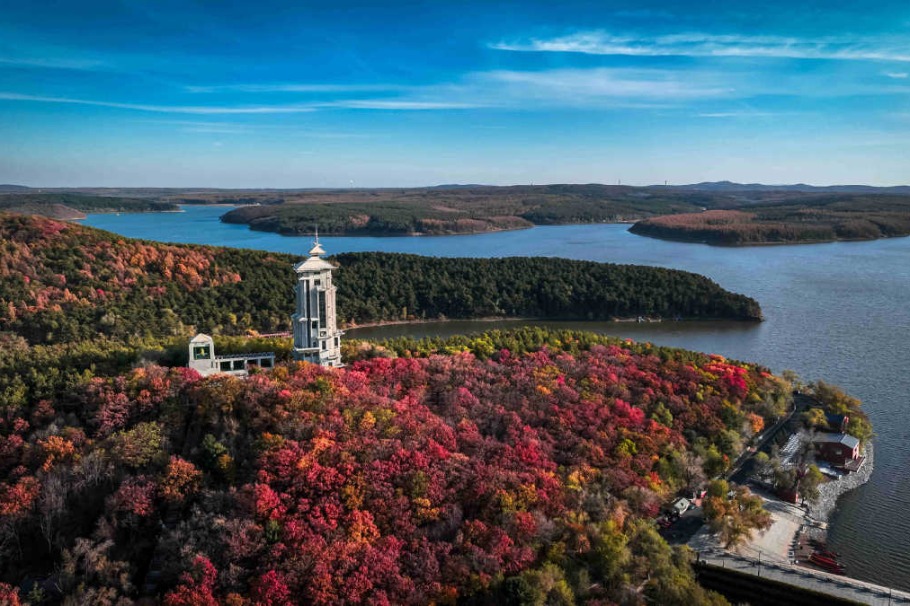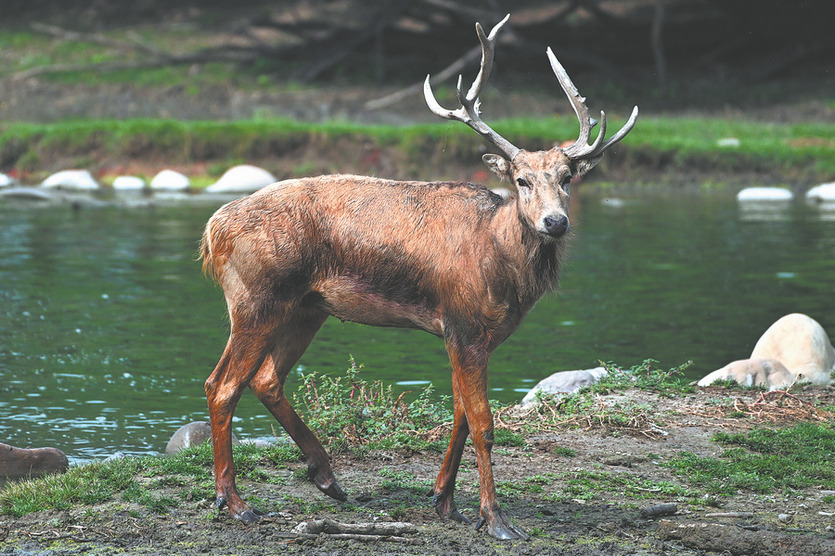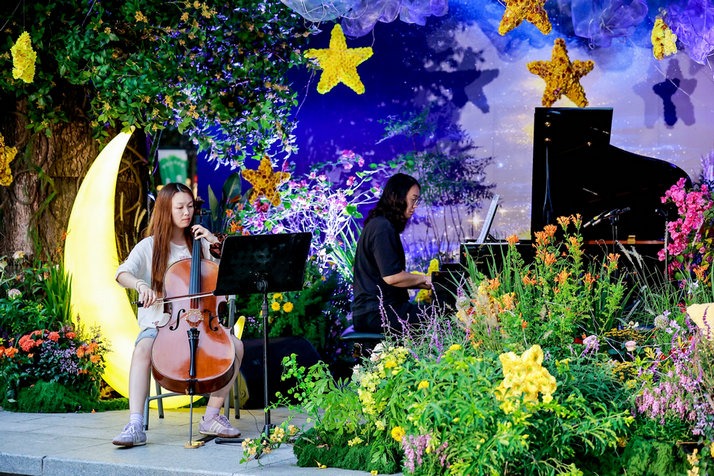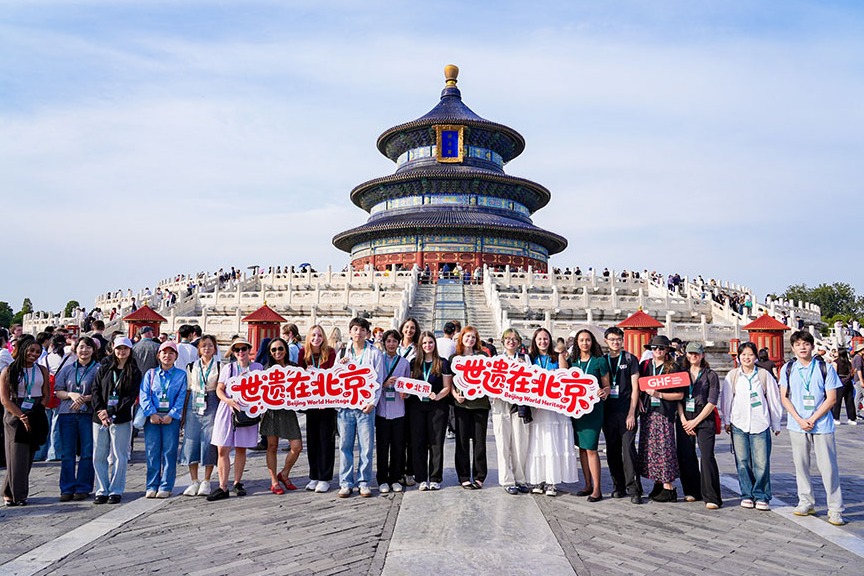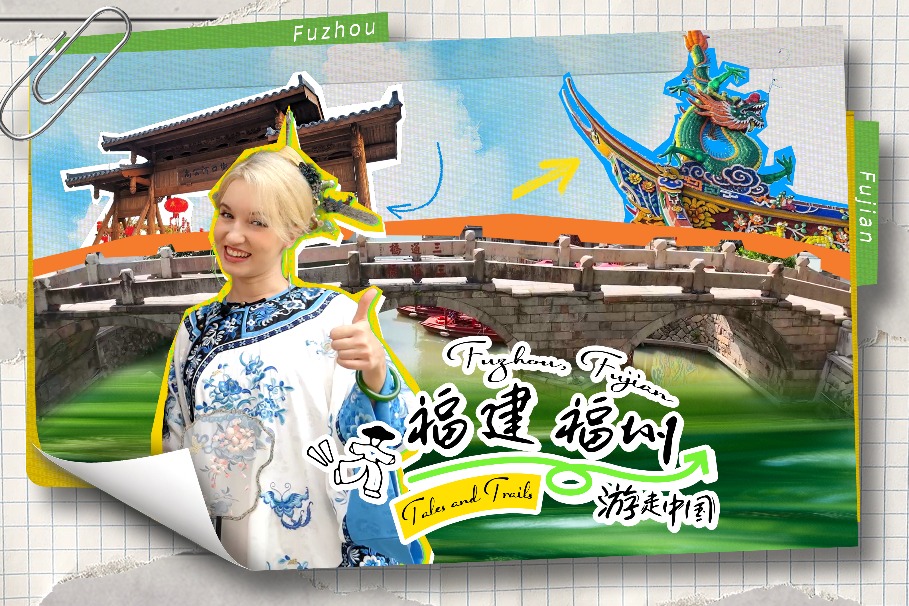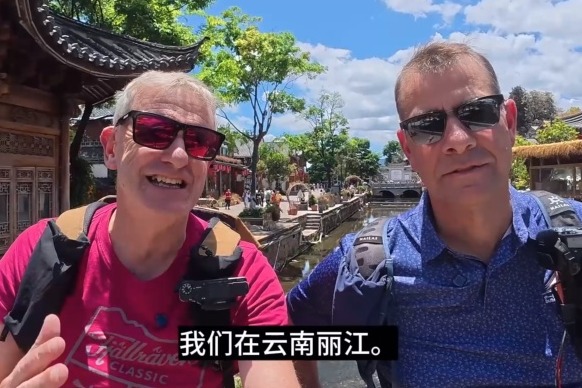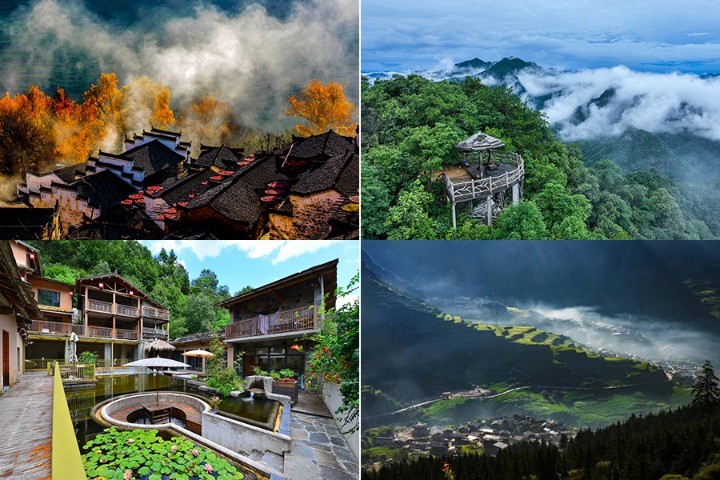BORN OF LEAF, CLAY AND RITUAL
Artisans balance heat, water and skill to revive age-old tea traditions and re-create Song-era ceramic masterpieces, Yang Feiyue and Hu Meidong report in Nanping, Fujian.

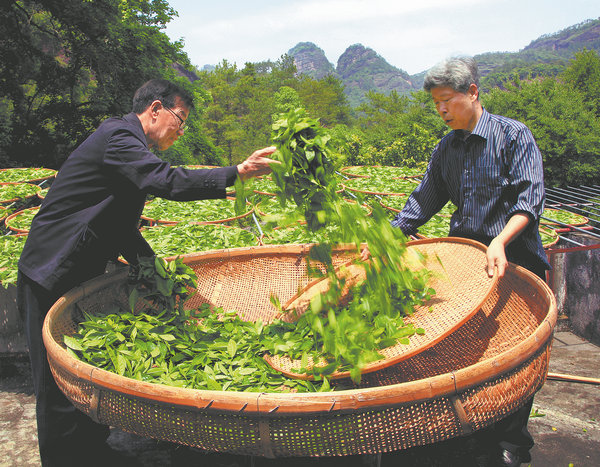
What makes it truly magical is that the artist uses only clear water to create intricate patterns on the tea's surface.
I watch in amazement as Zhang dips his ladle in water and begins painting. Slowly, the dark tea foam reveals the outline of a blooming flower — no pigments, just water and flawless technique.
He explains this isn't like modern latte art. Instead, it's about using water to manipulate the tea foam's density, creating contrasting shades within a single color.
Each tool carries a poetic name and personality. For instance, the tea whisk, called the marshal, commands and transforms the liquid into a structured, frothy "army", ready for the battle of creation.
I can see the obsession and passion of Zhang as he goes all out to show me the charm of the ritual that represents a conversation between tea, water and human creativity.
Enduring glaze
After experiencing the tea and ritual, I drive an hour to Jianyang to explore the birthplace of Jianzhan, or Jian ware, the historical vessel central to traditional tea culture.
I come across Liao Chengyi at a Jianzhan workshop in Houjing village.
Before I get to see any Jianzhan items, a 30-meter-long dragon-shaped wood-fired kiln immediately hits me between the eyes and knocks the wind out of me.
















